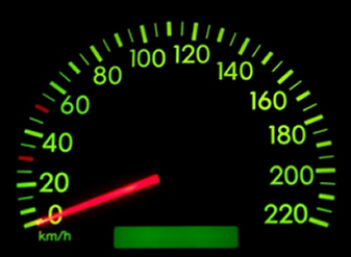What is Reaffirmation?
Reaffirmation occurs when a lender agrees to forgive a borrower's debt and then the borrower agrees to repay the debt anyway.
How Does Reaffirmation Work?
For example, let's assume that John Doe borrowed $100,000 from Bank XYZ for a luxury car. In the middle of the five-year loan term, John loses his job and defaults on the loan. After lengthy negotiations, Bank XYZ writes off the remaining $30,000 loan balance.
A year later, John gets a new job. For personal reasons, he decides that the right thing to do is repay the $30,000. He reaffirms the debt with the bankruptcy court.
Why Does Reaffirmation Matter?
Reaffirmation is voluntary, and the courts often allow borrowers to repay debt that they have defaulted on without incurring further financial penalty from the lender. Often it is an ethical decision on the part of the borrower and can sometimes (but not always) improve the borrower's credit rating. It is important to note that borrowers who file Chapter 13 bankruptcy cannot reaffirm debt.



